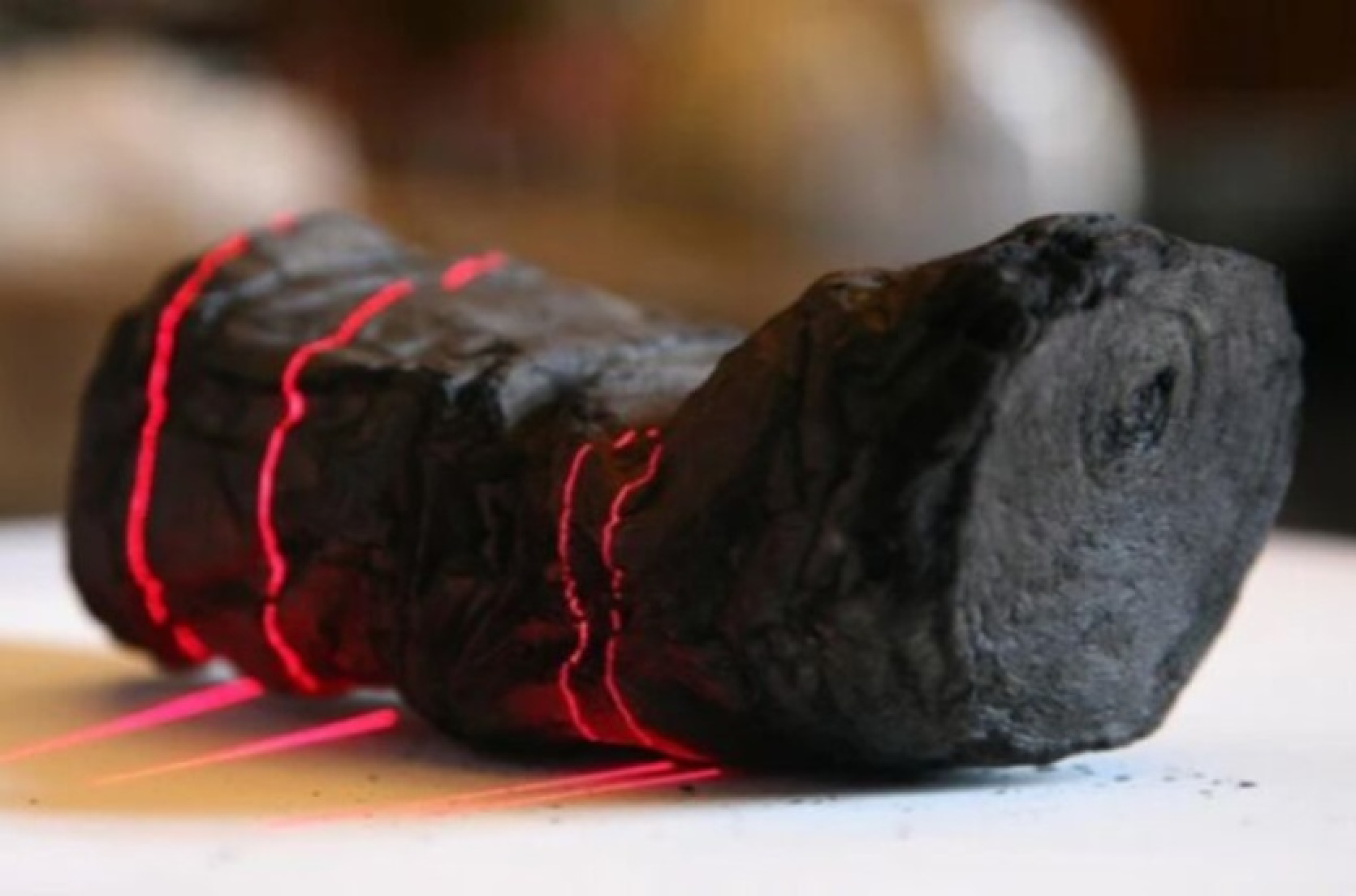Three years ago, a research group from the University of Pisa decided to decode the Herculaneum scrolls using a new technology known as the "bionic eye." The scrolls were discovered in the 18th century, and many scholars tried to reconstruct them. However, most of these historical documents could not be read due to their poor condition (as seen in the photo).
Mount Vesuvius destroyed 1800 scrolls in Herculaneum during the eruption in 79 AD, which also buried Pompeii. The eruption turned the scrolls into charcoal, and researchers have been trying to read the remains for centuries.
Archaeologists found the scrolls of Herculaneum in the "Villa of the Papyri," owned by the father-in-law of Julius Caesar. He owned the only classical library that survived the Greco-Roman period. It is believed that the scrolls contained works by Sophocles, Epicurus, and Aristotle. The loss of these scrolls is almost as significant as the works destroyed by the great fire at the Library of Alexandria.
Papyrologist Graziano Ranocchia from the University of Pisa announced at the National Library of Naples about the promising preliminary results of his project "Greek Schools." The "bionic eye" allowed his research group to read about 1000 words from the history of the Academy of Philodemus of Gadara, an Epicurean poet and philosopher. Scientists penetrated through layers of carbon using methods of optical coherence tomography (OCT) and infrared hyperspectral imaging.
OCT technology reproduces an image of a cross-section with high resolution. Infrared hyperspectral imaging has different subsets from near to mid and far. In simpler terms, it can detect hidden details of an object invisible to the naked eye. These methods brought to light texts from 2000 years ago.
Researchers believe they have identified Plato's burial place. According to their findings, he was buried in a private area in the garden of the Academy, near the Shrine of the Muses. The Roman dictator Sulla destroyed Plato's Academy in 86 BC, but archaeologists found it in the 20th century. The site is now open to visitors, archaeologists have thoroughly studied it, but as it turns out, there is always something more to discover.
"The text also speaks of Plato's last night. He had a high temperature, and he was disturbed by the playing muses," says Ranocchia.
Furthermore, it turned out that Plato was sold as a slave on the island of Aegina in 404 BC when the Spartans conquered the island, or after the death of Socrates. This contradicts previous beliefs of scholars that he was sold in 387 BC in Syracuse, Sicily. The research project will last until 2026, and the "bionic eye" will penetrate previously inaccessible layers.
Source: Ansa.it














Comments (0)
There are no comments for now